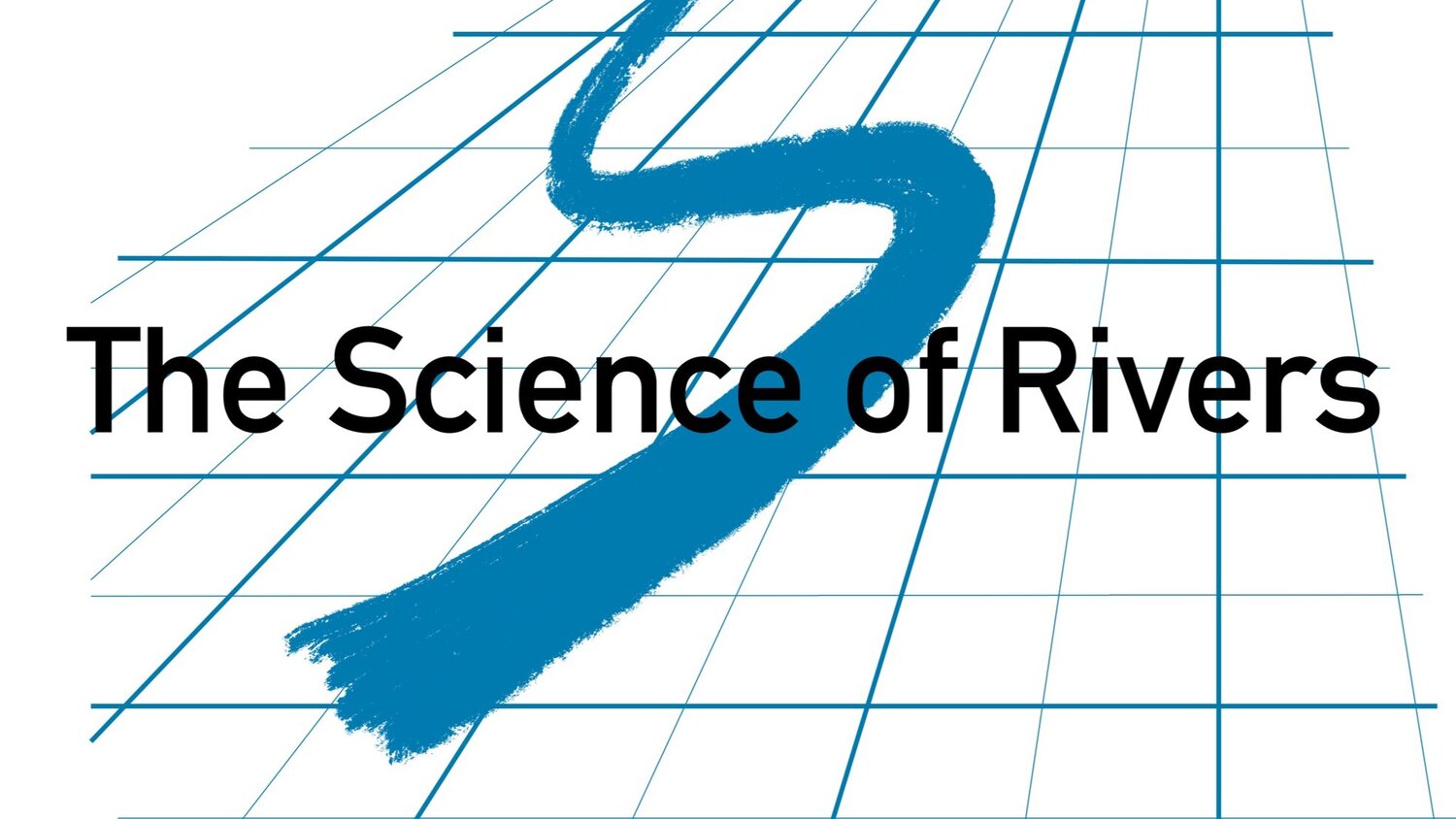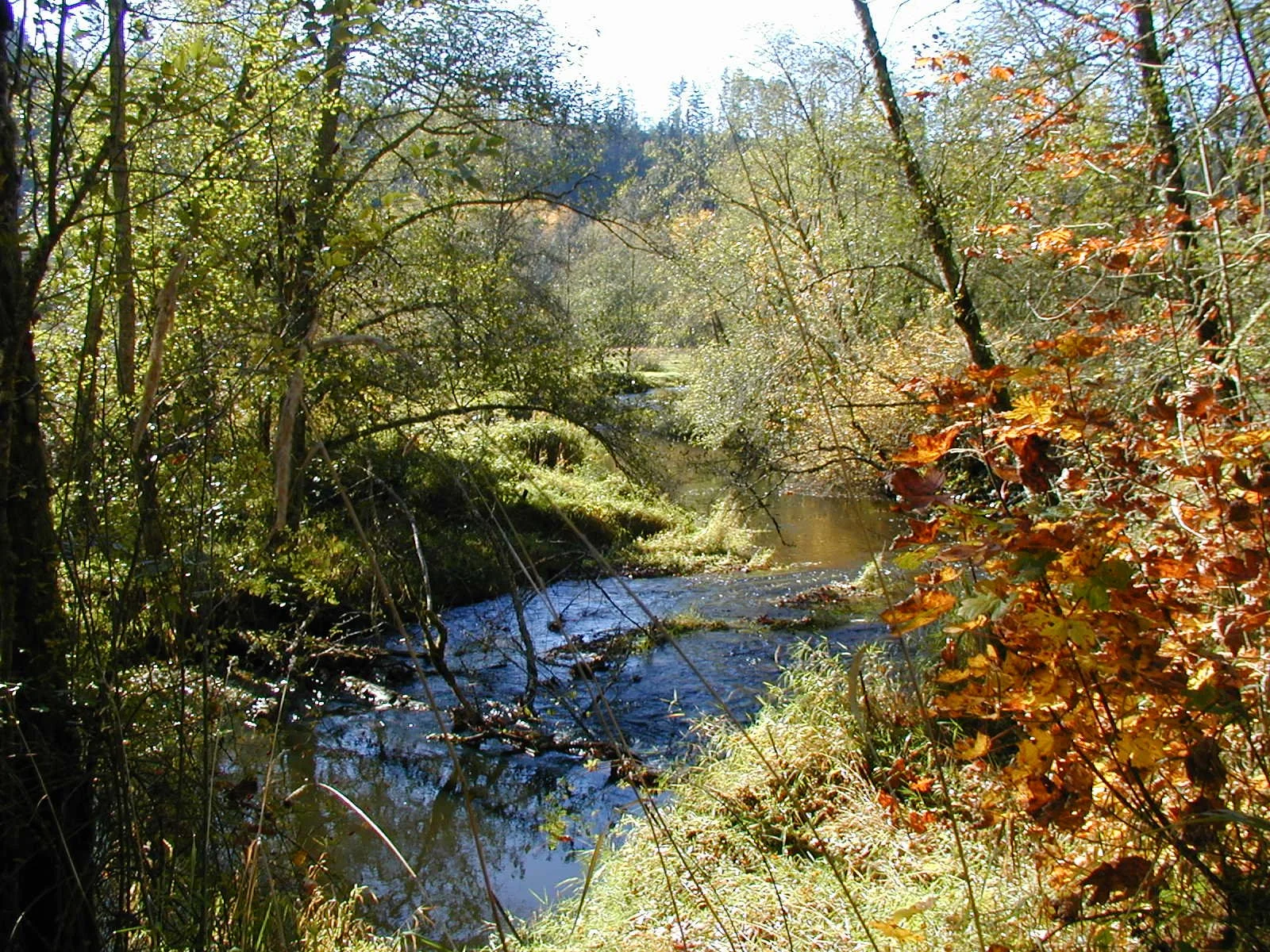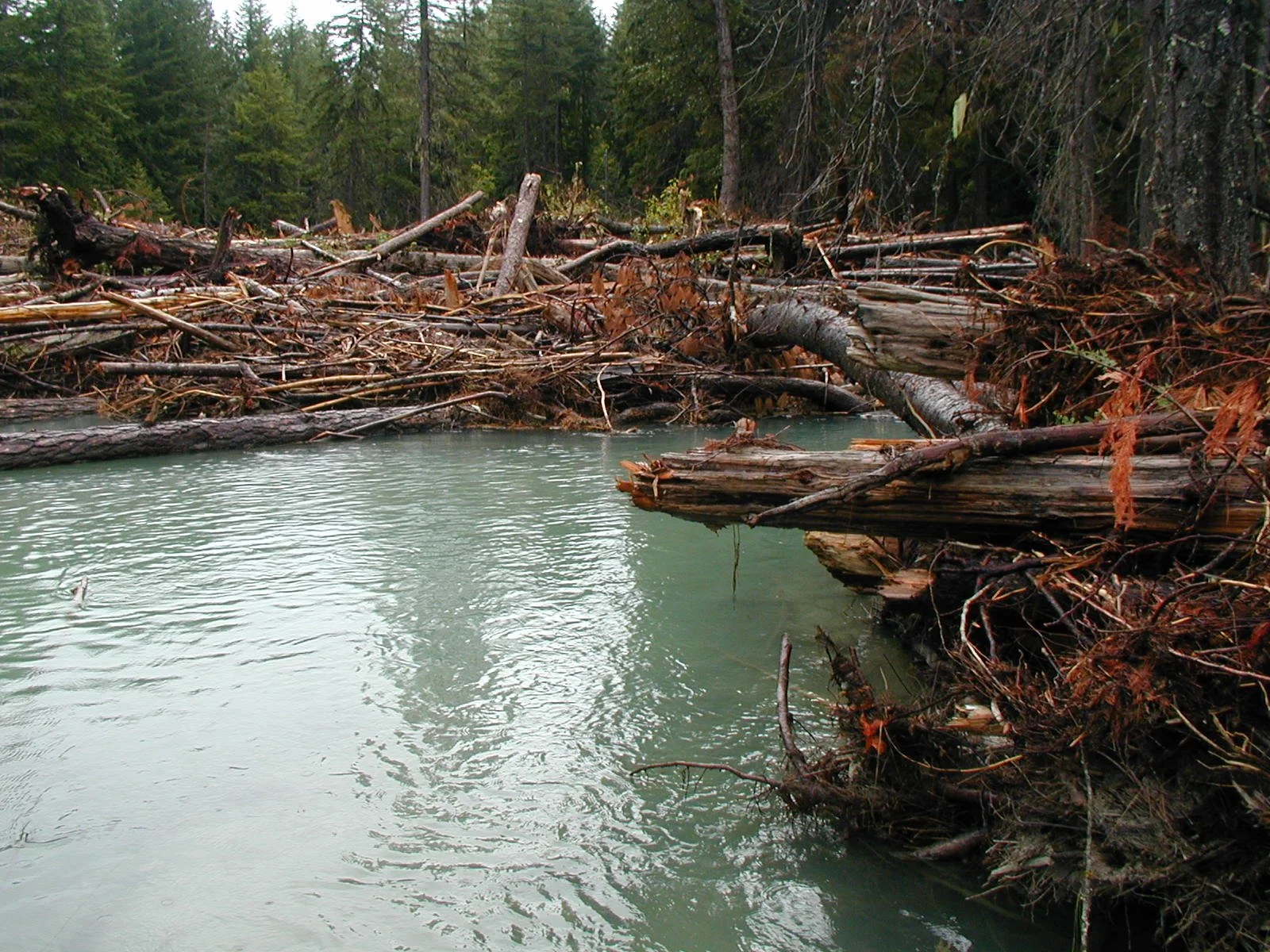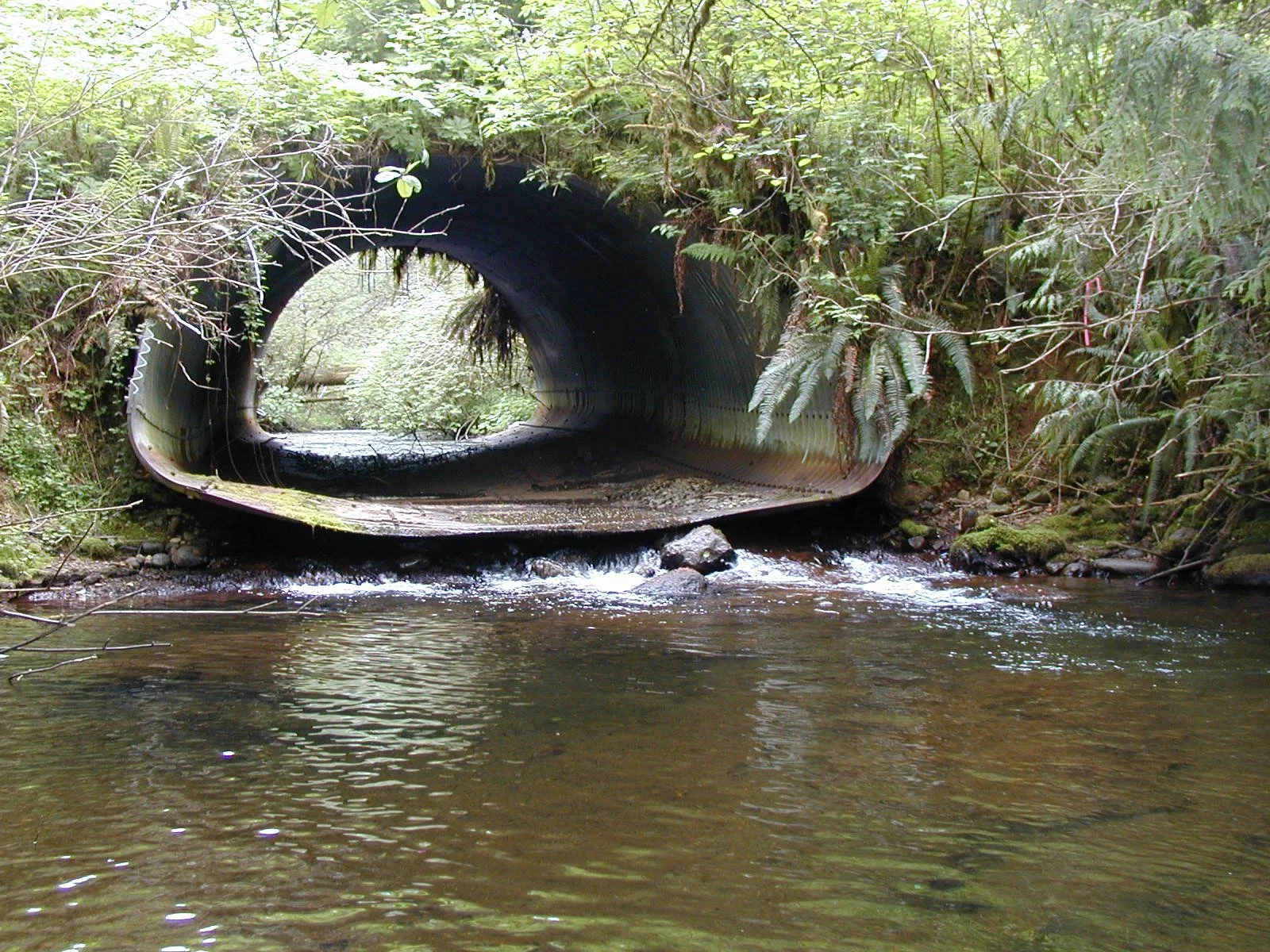What Makes Good Fish Habitat?
The Three C’s
In the part of the world where I live, fish have long been of key importance, to the economy, to our culture and to our environment. There are, of course, many different types of fish here. But the most often mentioned are the seven species of salmon that live in the Pacific northwest of the United States: the chum, pink, silver, sockeye and king salmon, and the sea-run varieties of rainbow and cutthroat trout. Sadly, these fish are all in trouble. One of the main reasons they have declined is the growing scarcity of good quality fish habitat. If these fish are to survive in appreciable numbers into the future, we humans will need to learn how to protect their habitat in the river environment. So what does good quality river fish habitat look like? That is the topic of this article.
A convenient way of summarizing the qualities of good salmon habitat is to “remember the 3 C’s.” Habitat needs to be cool, complex, and connected. Let's look at each one of these separately.
Good habitat is cool.
Salmon are a cool water fish. They thrive best at water temperatures of about 10° C (50° F). When the temperatures are greater than about 22° C (71° F), most species of salmon become stressed, and higher temperatures are even fatal to some.
Streamside forests provide shade, keeping the water cool in the summer.
River water becomes warmer when it is exposed to the sun. So removing the trees that historically shaded the river causes the water to heat up. When water is removed from a river for other uses, the remaining water heats up faster, resulting in higher stream temperatures. When water no longer circulates into and out of the streambed, because the streambed is clogged with silt or is absent, the water becomes hotter. And when groundwater no longer enters the stream, because heavy use has caused the water table to decline, the stream water heats up as well.
In addition to shade, river water is cooled by groundwater entering from the streambanks, and water circulating through the streambed and reentering the surface water. This water circulating through the streambed is called hyporheic flow. Hyporheic flow has become impaired as rivers have been confined between levees and armored banks, which restricts access to the floodplain where that water formerly would soak into the ground or follow old buried river channels.
When the riverbed becomes clogged with fine sediment, due to excessive erosion upstream, this hyporheic flow is restricted. And if the riverbed becomes flatter and more featureless, as it often does when the river is confined between armored banks, this also restricts hyporheic flow. All of these factors contribute to hotter temperatures, less favorable to fish.
Good fish habitat is complex
What do we mean by complex? In the case of river habitat, complex means more varied, less uniform in a wide variety of ways. This includes variation in depth, variation in water velocity, and variation in streambed characteristics such as the size of the gravel or sand making up the streambed. It also includes the presence of tree roots, overhanging banks, and large pieces of wood (logs, whole trees, logjams) in contact with the water.
Logjams create some of the most complex stream habitat, providing cover, large variety of depth and streambed material, and variations in velocity.
Most fish, but particularly salmon, thrive when habitat is complex in this way. Juvenile salmon will seek out areas that are underneath banks or large wood to provide cover from predators. Or, they may seek out shallower water where the larger fish that eat them do not go. They may seek out slowly moving water in order to rest, and to avoid being washed downstream during storms. Adult salmon that are spawning will seek out certain kinds of streambed characteristics, such as the right size and looseness of gravel, or the right positioning with respect to the flow of surface water and emerging hyporheic water. This emerging hyporheic water helps to keep the eggs oxygenated and prevents accumulation of waste products.
Complex habitat also means that habitat exists off of the main channel, in side channels of a variety of different kinds. This “off-channel” habitat offers a low-velocity refuge during storms, and is important for spawning in some types of salmon, and as a place where juvenile fish will choose to spend their time. Traditionally, off channel habitat was created by the interaction of the river with logs and logjams, and by the action of beavers.
Good habitat is well-connected
Most fish need to migrate from one part of the river to another during some part of their lives, or some part of the year. The seven species of Pacific Northwest salmon and trout, in particular, need to migrate downstream to spend their adult lives in the ocean, and then to return in order to spawn. For this to happen, the river habitat needs to be continuously connected, from the mouth to the upper reaches.
This culvert is a fish barrier, due to its shallow flow and fish cannot jump into it from downstream.
Natural barriers to fish migration do occur. Waterfalls, or impassable blockages from landslides can prevent fish from moving in one or both directions. But humans, in their zeal to dam rivers and build roads across them have created thousands of artificial barriers that prevent access to or from otherwise usable fish habitat.
In addition to physical barriers such as dams or road culverts that are too small or too hard to jump into, removal of too much water from the stream can create dry segments. Without water, or with too little water, fish habitat disappears. And fish can no more cross a waterless segment then cross a desert. Sometimes the barrier is one of high temperature, or low oxygen, or chemical toxicity. A heavily polluted zone near the mouth of a river can prevent all fish from safely passing by, effectively shutting off the river to fish migration.
What is habitat?
For a place to become habitat, it has to provide the animals living there, including fish, with their basic needs. These needs are often summarized as food, shelter, and safety. For the salmon of the Pacific Northwest, these basic needs are met by habitat that is cool, complex, and connected. In other parts of the world, where there are other types of fish, other climates and other types of vegetation, these basic needs may be met in other ways. Cool temperatures, for example, are not a requirement in many other parts of the world. But, in general, complex habitat that is well-connected seems to be a universal requirement.
There are, of course, other considerations to having healthy, sustainable fish populations than physical habitat alone. Invasive introduced species or diseases, for example, can wreak havoc with fish populations. And sometimes, breaking the connection between two areas habitat is the only thing that prevents the spread of these harmful invaders.
Habitat is not the only factor important to the sustainable presence of fish. I will discuss others in the future article, where we introduce the concept of the “three H’s.” Meanwhile, I hope that the importance of good habitat has been made clear. The next time you are looking at a river, ask yourself: is this water cool enough, well-connected enough and complex enough to be good habitat? You can develop an eye for good habitat if you try.




